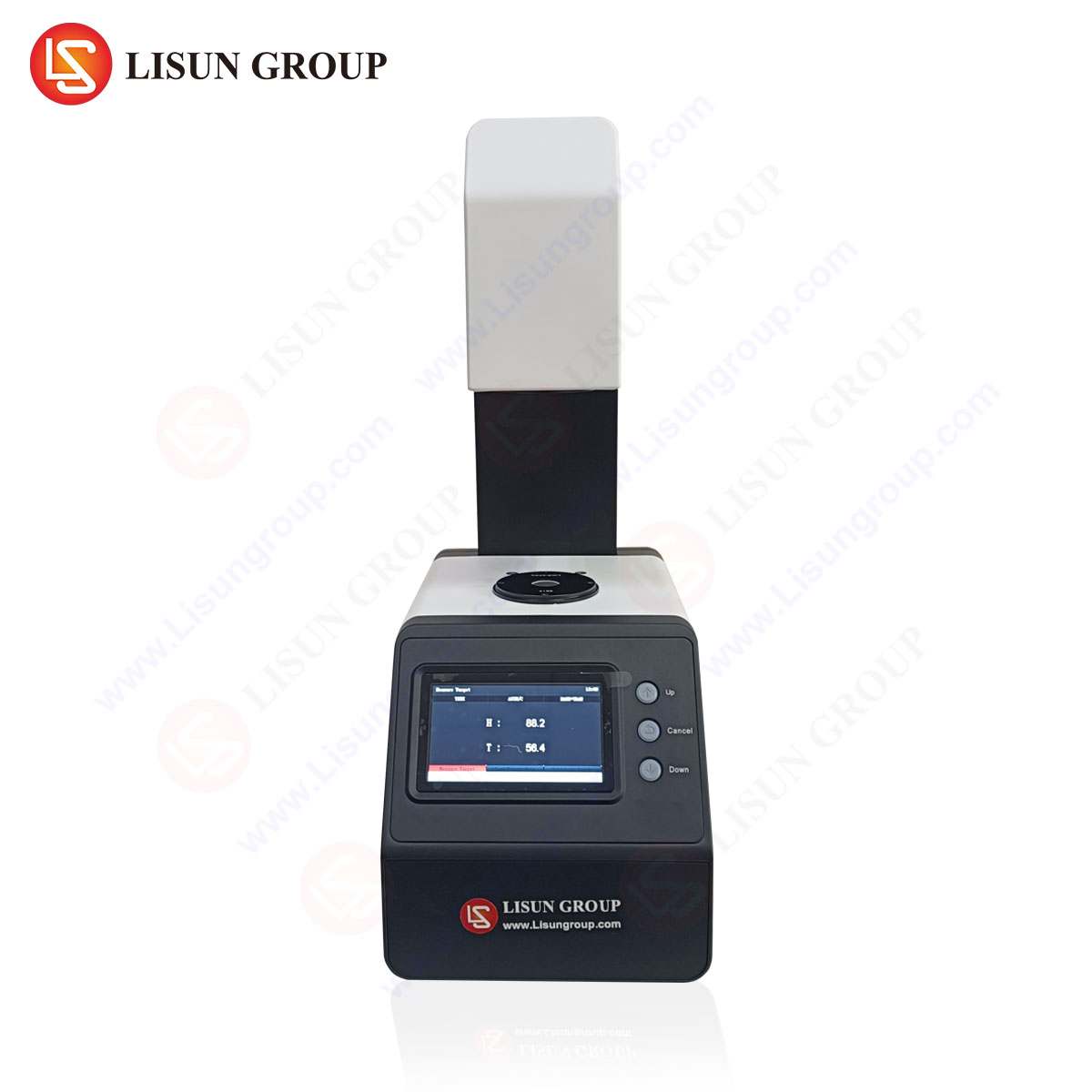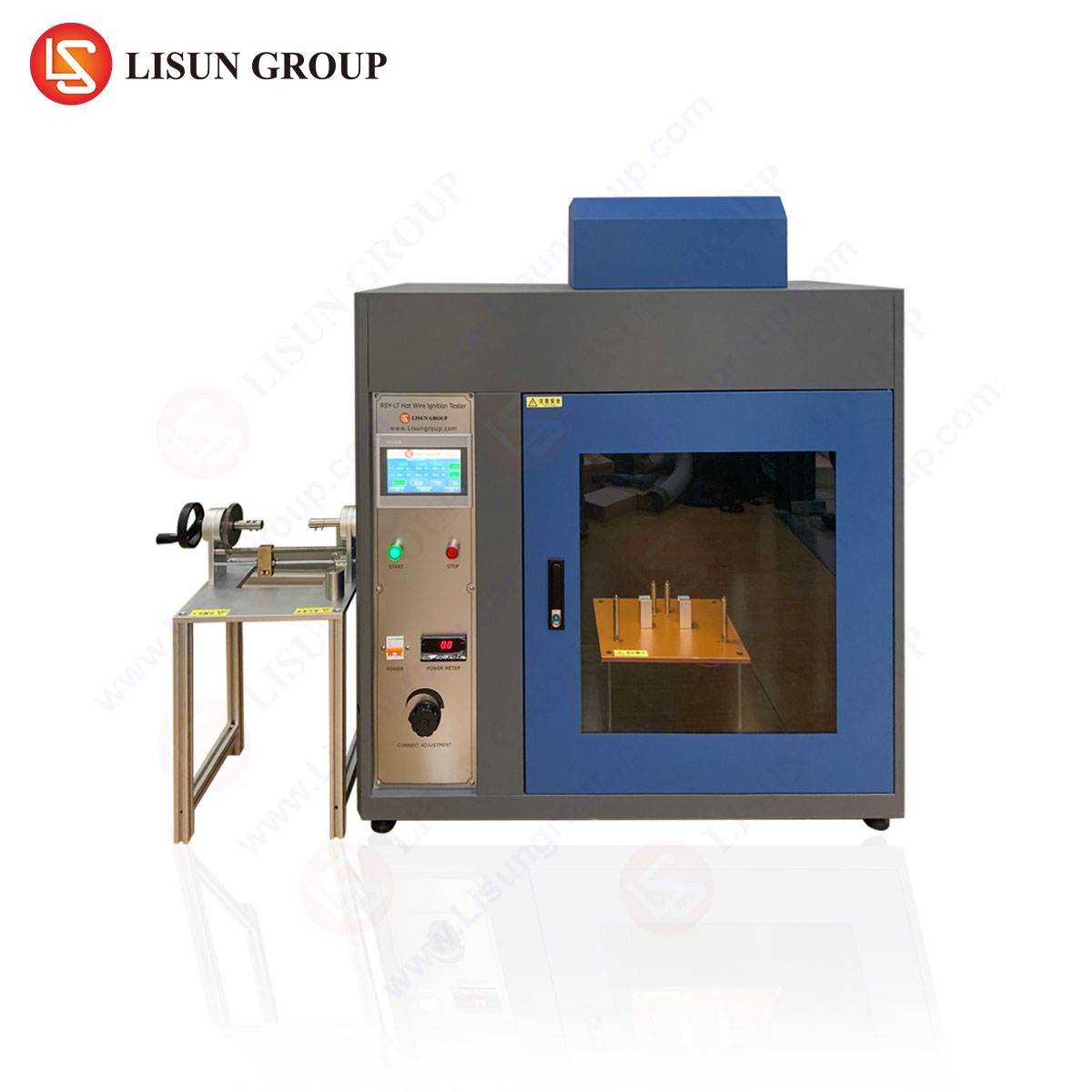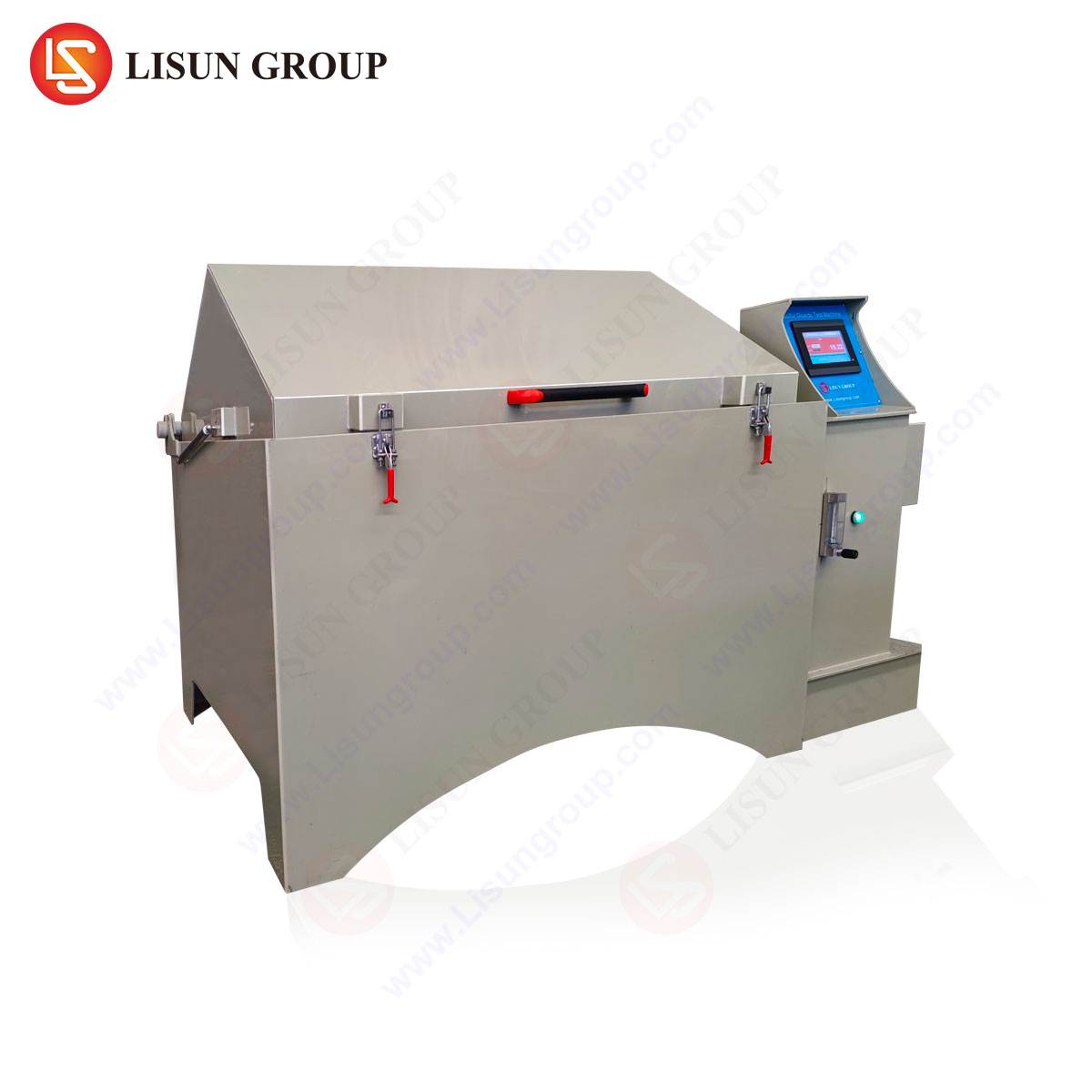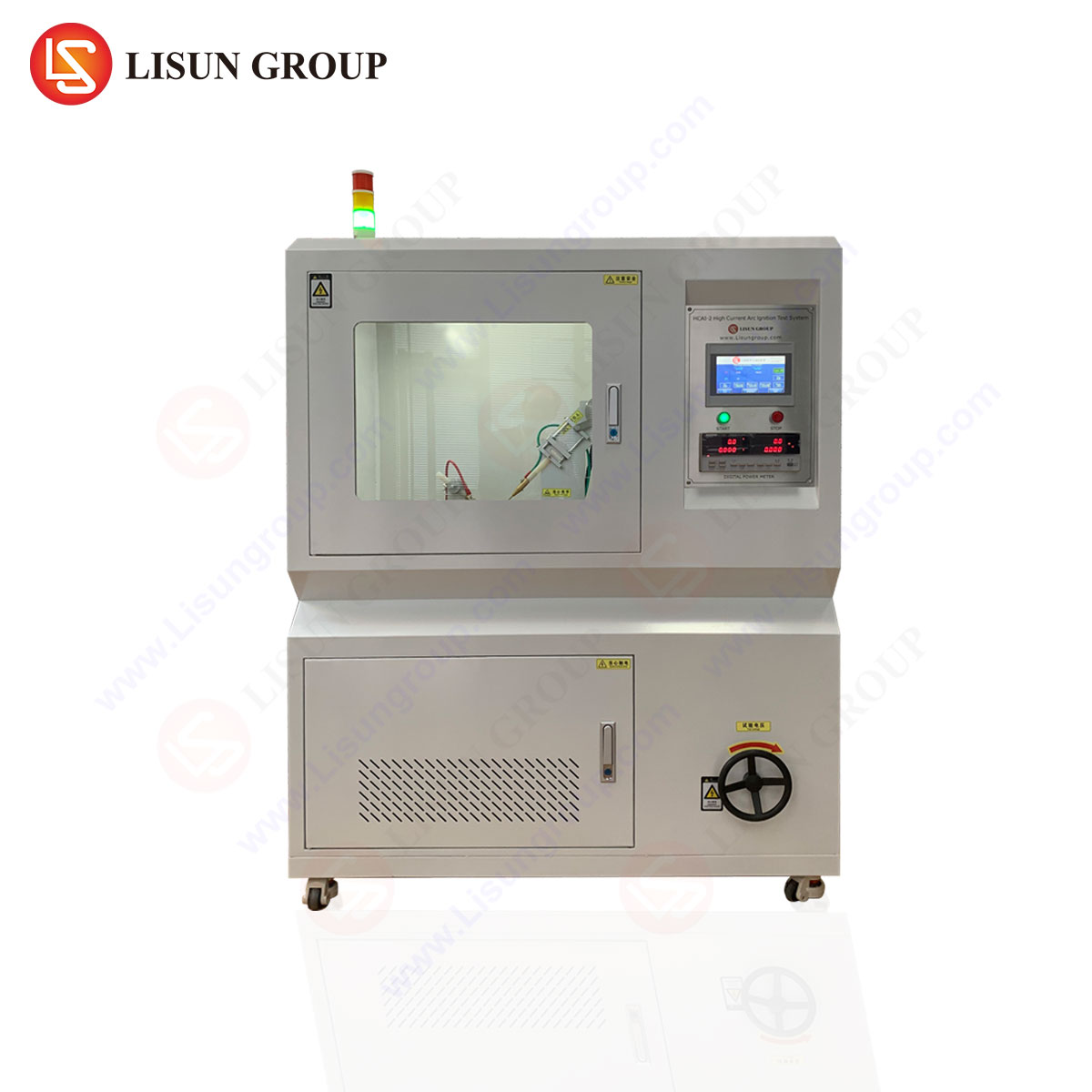The Role of Standardized Impact Testing in Product Durability Validation
The validation of product durability under mechanical shock conditions represents a critical phase in the design and manufacturing lifecycle. Unexpected impacts during shipping, handling, or end-use can compromise structural integrity, lead to functional failure, and result in significant financial and reputational damage. To mitigate these risks, industry relies on standardized test methodologies to simulate real-world impact events in a controlled laboratory environment. The ASTM drop test, governed primarily by standards such as ASTM D5276 and ISTA procedures, provides a foundational framework for this evaluation. The apparatus central to this process, the ASTM Drop Test Machine, serves as an indispensable tool for quality assurance and reliability engineering teams across a multitude of sectors.
Fundamental Principles of Controlled Impact Simulation
The operational premise of an ASTM Drop Test Machine is the controlled replication of a free-fall impact event. The core objective is to subject a test specimen to a precisely defined kinetic energy transfer upon collision with a rigid surface. The governing physics is described by the conservation of energy, where the potential energy of the elevated test specimen is converted into kinetic energy during its descent and subsequently dissipated upon impact. The resulting shock pulse—a function of the impact velocity, the mass of the falling assembly, and the stiffness of the impact surface—imparts a dynamic stress to the specimen.
The machine’s design must ensure that the primary variables—drop height, specimen orientation, and impact surface characteristics—are repeatable and controllable. This eliminates the variability inherent in manual drop testing, thereby producing scientifically valid and comparable data. The impact surface, typically a hardened steel or granite plate, provides a consistent, non-resilient anvil to ensure the energy is absorbed almost entirely by the test specimen, not the test equipment. This controlled environment allows engineers to isolate the specimen’s response to the shock event, facilitating accurate analysis of failure modes such as cracked housings, dislodged internal components, fractured solder joints, or compromised electrical connections.
Architectural Components of a Modern Drop Test Apparatus
A contemporary ASTM Drop Test Machine, such as the LISUN DT-60KG model, is an engineered system comprising several integrated subsystems, each contributing to the precision and reliability of the test process. The primary structure is a rigid vertical frame, often constructed from high-strength steel sections, which provides a stable guide for the dropping mechanism. This frame must possess sufficient mass and damping characteristics to prevent secondary vibrations from influencing the test results.
The release mechanism is a critical component, designed to hold and release the test specimen without imparting any lateral motion, rotation, or initial velocity that could skew the impact angle. Electromagnetic or pneumatic release systems are commonly employed for their rapid, consistent, and jitter-free operation. The carriage or table upon which the specimen is mounted is engineered for minimal friction during its guided descent. For tests requiring specific face, edge, or corner impacts, an adjustable fixture is used to orient the specimen with a high degree of angular accuracy relative to the impact surface.
The anvil, or impact base, is a massive, monolithic block that serves as the inertial ground. Its high mass and rigidity ensure that the dynamic response measured is solely that of the test specimen. Finally, a safety system, including physical guards and electronic interlocks, is integral to the apparatus, protecting the operator from the moving components and the potential for flying debris from a failed specimen.
The LISUN DT-60KG: A Specification and Application Analysis
The LISUN DT-60KG Drop Tester exemplifies the engineering principles required for rigorous compliance testing. Designed to meet and exceed the requirements of ASTM D5276, IEC 60068-2-31, and other related standards, this apparatus is configured for a maximum test load of 60 kilograms, accommodating a wide range of product sizes and weights.
Key Specifications of the LISUN DT-60KG:
- Maximum Test Load: 60 kg
- Drop Height Adjustment Range: 300 – 1500 mm
- Height Control Accuracy: ±1 mm
- Impact Surface (Anvil): Hardened steel or granite, with a mass significantly exceeding the test specimen to ensure minimal recoil.
- Release Mechanism: Dual electromagnetic system for stable, non-pivotal release.
- Control System: Microprocessor-based digital controller with a human-machine interface (HMI) for pre-setting test parameters (height, count, etc.).
- Safety Features: Emergency stop button, mechanical locking device, and protective enclosure.
The testing principle of the DT-60KG involves securing the test specimen to the carriage plate, setting the desired drop height on the digital controller, and initiating the test cycle. The electromagnetic mechanism releases the carriage, allowing it and the specimen to fall freely along the guide columns until impact with the anvil. The machine’s rigid construction and precision guiding ensure a clean, singular impact with the specified face, edge, or corner of the product.
Industry-Specific Applications and Compliance Requirements
The utility of the DT-60KG spans numerous industries where product resilience is paramount.
In Electrical and Electronic Equipment and Consumer Electronics, such as laptops, servers, and point-of-sale terminals, the test validates the robustness of enclosures, internal mounting points for printed circuit boards (PCBs), and the shock tolerance of hard disk drives. A failed test might reveal a cracked motherboard trace or a disconnected ribbon cable.
For Automotive Electronics, including engine control units (ECUs), infotainment systems, and sensors, the drop test simulates shocks encountered during vehicle assembly or from road-induced vibrations. The integrity of solder joints under a high-G shock pulse is a critical metric, as failure can lead to intermittent or total loss of function in safety-critical systems.
Lighting Fixtures, particularly large LED street lights or high-bay industrial luminaires, are tested to ensure that the housing does not fracture upon installation drop, and that the LED modules and drivers remain securely fastened. Telecommunications Equipment like optical network terminals and 5G small cells undergo testing to guarantee continued operation after minor impacts during deployment or maintenance.
In the highly regulated Medical Devices sector, portable diagnostic equipment, patient monitors, and handheld analyzers must withstand accidental drops in a clinical environment without compromising calibration or safety. The DT-60KG provides the documented evidence required for regulatory submissions to bodies like the FDA.
Aerospace and Aviation Components, while subject to more extreme shock and vibration spectra, use basic drop testing for sub-assemblies and ground support equipment packaging. The validation of Electrical Components such as industrial-grade switches, circuit breakers, and sockets ensures they do not become internally dislodged or unsafe after an impact. Similarly, Cable and Wiring Systems are tested in their reels or packaging to prevent damage to connectors or insulation.
Correlation Between Test Results and Product Design Iterations
The data derived from ASTM drop testing is not merely a pass/fail metric; it is a vital feedback loop for the product design and development process. When a failure occurs—be it a cosmetic crack, a functional fault, or a catastrophic structural break—the failure mode is meticulously analyzed.
For instance, a Household Appliance like a robotic vacuum cleaner may experience a PCB failure after a corner drop from 1 meter. The root cause analysis might trace the failure to an insufficiently supported large-scale integrated circuit. The design team can then iterate, perhaps by adding strategic stiffening ribs to the internal plastic chassis or by introducing a conformal coating to the PCB to dampen vibrations. A subsequent drop test on the revised design validates the effectiveness of the corrective action.
This iterative cycle, powered by reliable test equipment, leads to more robust products, reduced warranty claims, and enhanced brand reputation. It allows engineers to make informed decisions about material selection, wall thicknesses, fastener types, and damping strategies long before mass production begins.
Ensuring Calibration and Metrological Traceability
The scientific validity of any test result is contingent upon the accuracy and calibration of the equipment. An ASTM Drop Test Machine like the DT-60KG must undergo regular calibration to ensure its critical parameters are within specified tolerances. This includes verifying the accuracy of the drop height measurement system, the perpendicularity of the guide columns, and the functionality of the release mechanism.
Calibration is typically performed against national or international standards, providing metrological traceability. The use of calibrated height gauges and timing instruments confirms that the actual kinetic energy imparted to the specimen matches the intended test level. Furthermore, the flatness and hardness of the impact anvil are periodically verified to prevent localized deformations that could alter the shock pulse characteristics. A well-maintained and calibrated machine is not just a capital asset but a foundation for credible quality assurance.
Comparative Advantages in a Competitive Landscape
Within the market for impact test equipment, certain design and functional differentiators establish a product’s suitability for demanding laboratory environments. The LISUN DT-60KG incorporates several such features that enhance its operational efficacy and reliability.
A primary advantage is the dual electromagnetic release system, which provides a more stable and consistent release compared to single-point or mechanical systems, eliminating the risk of specimen rotation during the drop. The high-precision guide columns, often machined and hardened, ensure a smooth, friction-minimized descent, which is critical for achieving a true free-fall condition. The integration of a programmable logic controller (PLC) and touch-screen HMI simplifies test setup, improves reproducibility, and allows for the storage of complex test profiles for different products.
The machine’s structural rigidity, achieved through robust cross-bracing and high-quality materials, minimizes frame flex and vibration, ensuring that the impact energy is directed into the specimen and not dissipated by the machine itself. This combination of precision, durability, and user-centric control makes such an apparatus a cornerstone of a modern reliability testing laboratory.
Frequently Asked Questions (FAQ)
Q1: What is the significance of the 60 kg capacity in the DT-60KG model?
The 60 kg capacity defines the maximum mass of the test specimen that the machine can safely and accurately handle. This capacity is suitable for a broad range of products, from small consumer electronics to larger devices like computer towers, power supplies, and small household appliances. Selecting a machine with a capacity that exceeds your current and anticipated future testing needs is crucial to avoid equipment overloading and to ensure test validity.
Q2: How does the ASTM drop test differ from a vibration test?
While both are mechanical integrity tests, they simulate different physical phenomena. An ASTM drop test is a transient shock event, simulating a single, high-amplitude, short-duration impact, such as a product being dropped. A vibration test, in contrast, subjects the product to sustained, oscillating stresses over a period of time, simulating environments like transportation in a truck or operational forces. Both tests are often part of a comprehensive reliability testing regimen.
Q3: Can the DT-60KG be used for testing packaged products?
Yes, absolutely. A primary application of this machine is in package testing according to standards like ASTM D5276 and ISTA procedures. The test evaluates the ability of the shipping container and its internal cushioning to protect the contained product from damage resulting from impacts during the distribution cycle. The product and package are tested as a unit.
Q4: What is the required foundation or installation environment for this machine?
Due to the high forces involved, the drop tester must be installed on a solid, level, and massive foundation, typically a thick concrete floor. The foundation must be capable of absorbing the impact energy without significant deflection or vibration. The manufacturer’s installation guide provides specific requirements for foundation mass and anchor bolt specifications to ensure stable and safe operation.
Q5: How often should the machine be calibrated?
The calibration interval depends on usage frequency, the criticality of the testing being performed, and adherence to specific quality systems (e.g., ISO/IEC 17025). A common practice is an annual calibration performed by an accredited metrology lab. However, more frequent internal checks of height accuracy and release mechanism function are recommended to ensure ongoing data integrity.






